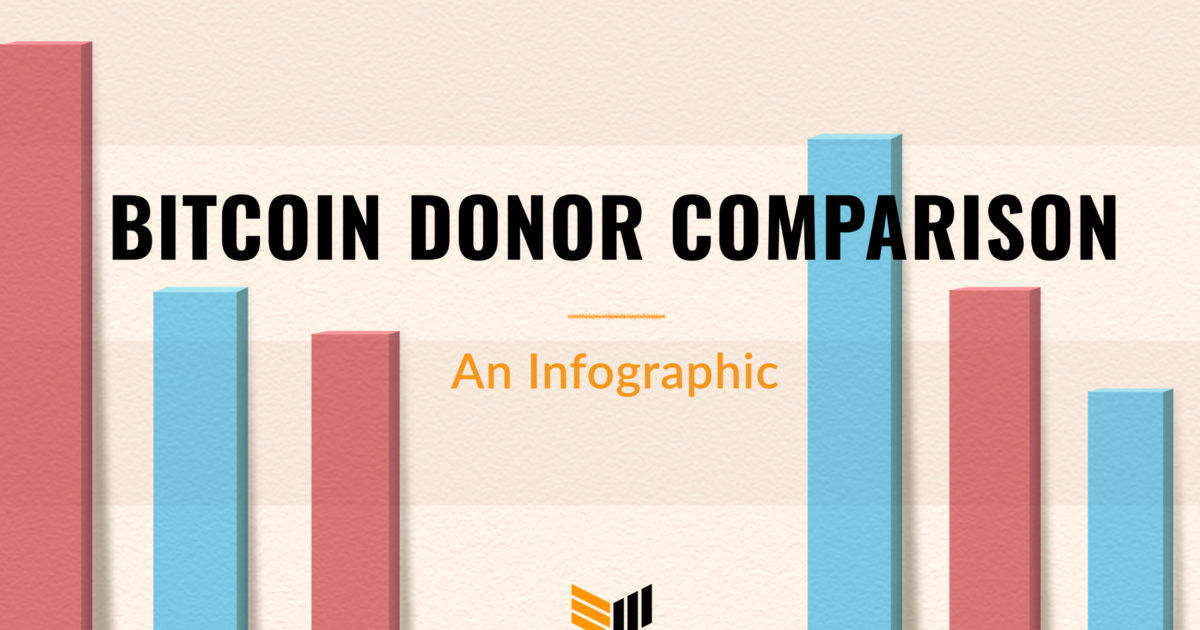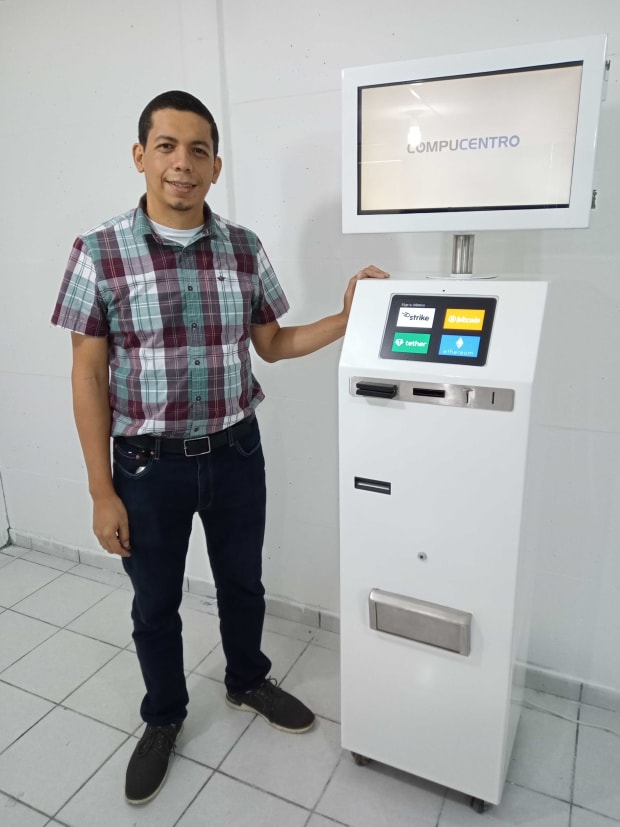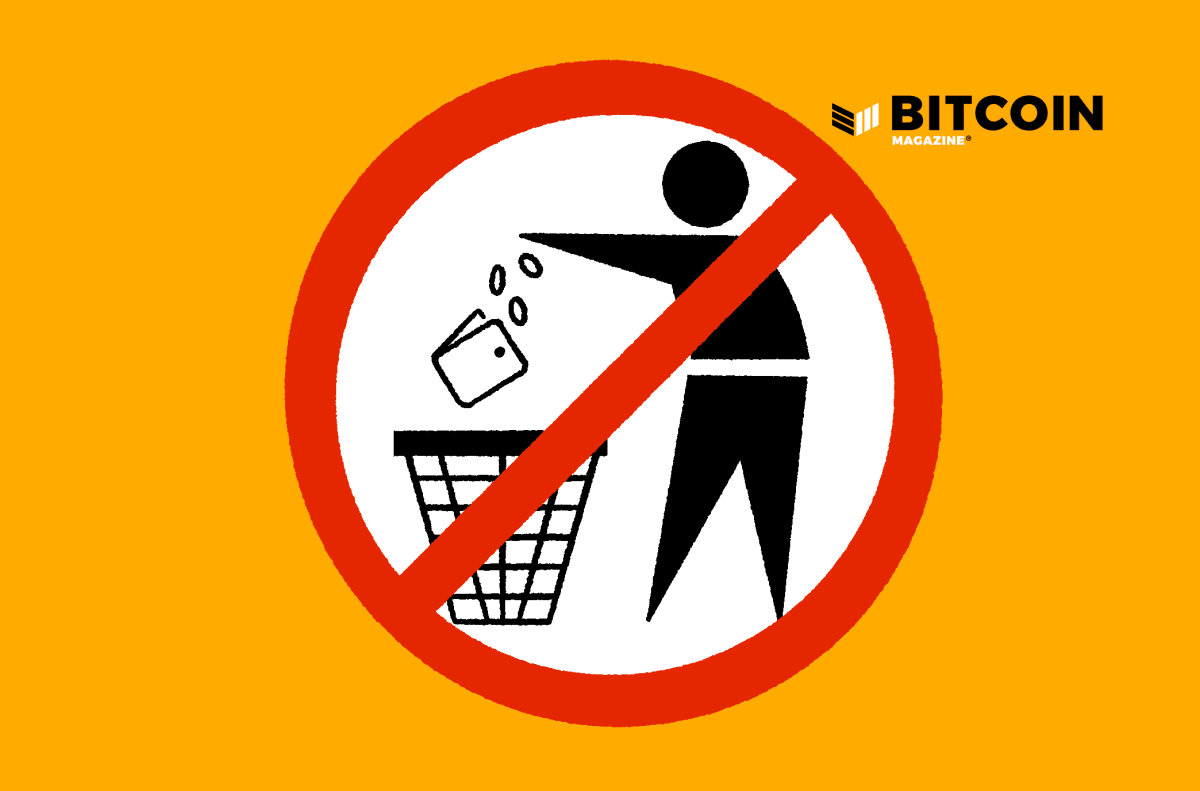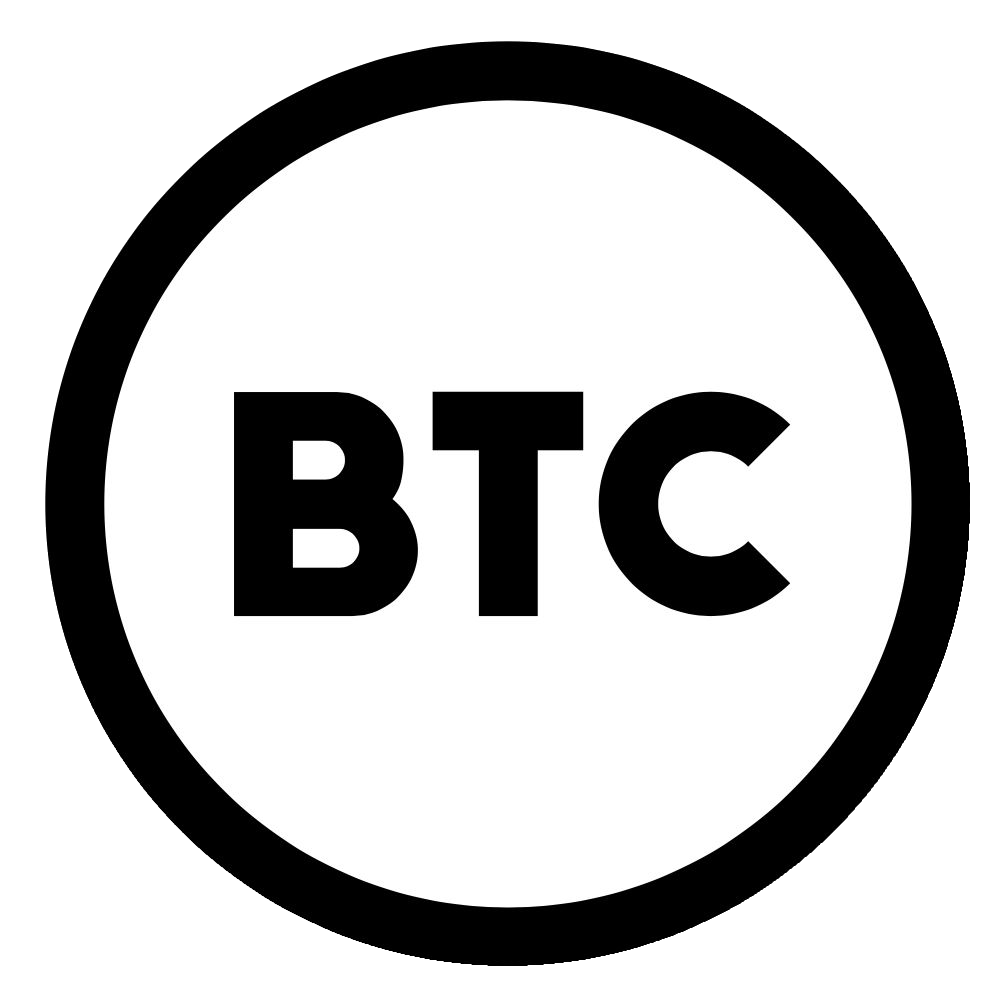Jack Dorsey-Backed Nostr Emerges as Bitcoin’s Social Layer at Riga Conference
The third edition of NostrWorld’s unconference series took place last week in the picturesque city of Riga, Latvia, bringing together advocates and developers of the Nostr protocol. Spearheaded by Block CEO and Twitter co-founder Jack Dorsey, NostrWorld’s free gatherings are a platform for open-source enthusiasts to exchange ideas, foster collaboration, and ignite initiatives aimed at shaping a freer, more decentralized version of the internet.
Bitcoin Magazine was on the ground in Riga to explore how the evolution of the Nostr protocol could influence Bitcoin’s trajectory. While Nostr’s budding community has famously attracted prominent Bitcoin advocates, Nostriga—as this third NostrWorld conference was dubbed—offered a fresh lens on the growing synergies between these two technologies. Conversations with attendees and observations throughout the two-day event revealed a clear trend: Bitcoin’s path appears increasingly likely to intertwine with Nostr’s promising social network technology.
What’s Nostr?
Nostr is an open-source protocol designed to create a decentralized, censorship-resistant social network. Unlike traditional platforms that rely on centralized servers, Nostr operates on a network of relays where users can publish and receive messages. Nostr is quickly gaining traction as a social layer for Bitcoin, enabling features like micropayments and digital identity management. Beyond social media, Nostr presents an opportunity to build a new internet architecture that frees users from reliance on centralized platforms. This approach empowers individuals by removing the need for intermediaries that typically own user data, monetize attention, and control or censor access.
Micropayments Market Fit
A standout moment of the conference came when Strike CEO Jack Mallers shared a personal story about an acquaintance he had been trying to convince of Bitcoin’s potential for years. It wasn’t until she got onboarded onto Nostr and received Zaps to her account that the power of the technology finally clicked for her.
Zaps are small Bitcoin payments, often sent as tips or rewards on Nostr, allowing users to support content creators directly through the Lightning Network. This micro-payment feature has become a popular way to demonstrate Bitcoin’s utility and value in a social context
The concept of micropayments predates even Bitcoin, but Nostr advocates believe Zaps represent the first successful large-scale implementation of the idea. On a panel alongside Primal CEO Miljan Braticevic, Jack Mallers emphasized the significance of this achievement:
“I think that’s very underappreciated. Something that has been desired on the web for many decades. From anonymous cypherpunks to the most powerful people in the world, all have desired this use case and we seem to have achieved that.”
Micropayments through Nostr introduce a new bootstrapping mechanism that could reshape the traditional Bitcoin onboarding process. Individuals who might not be swayed by Bitcoin’s economic or political narrative might appreciate its unique value once exposed to casual internet tipping and microtransactions. This shift opens Bitcoin up to a broader audience by making it accessible in everyday social interactions already familiar to internet users.
Setting the stage for the Ecash economy
Ecash, one of Bitcoin’s up-and-coming technologies was a recurring theme throughout the event. Cashu protocol developer CalleBTC made a passionate argument for the central role Nostr could play in an ecash-driven economy.
Proposed as a system for private, scalable payments using blind signatures, ecash enables users to transact without revealing their identities, preserving financial privacy. However, this privacy comes with a tradeoff: ecash introduces trusted entities known as mints, which custody users’ Bitcoin deposits in exchange for tokens, often referred to as notes. For ecash to function effectively, a robust market of mints is necessary to provide users with options for whom to trust. As the concept gains traction, this reliance on multiple mints introduces various coordination and discovery challenges—challenges developers believe are ideally suited to be addressed by Nostr’s social features.
Examples of this are bitcoinmints.com and cashumints.space, two Nostr-based websites that offer a Yelp-like interfaces for users to discover new mint providers and for mints to advertise their services and build a reputation. Although the initial implementations are fairly basic, the potential integration of Nostr’s social graph could enable users to make informed decisions about which mints to trust. By leveraging connections within their network and trusted reviews from friends, users could more confidently choose mints based on the relationships and experiences shared by those they know. Eventually, the expectation is that similar Nostr-based services will be integrated directly into Bitcoin ecash wallets, offering users a seamless onboarding experience that avoids imposing trusted defaults.
Similarly, Nostr’s infrastructure provides various methods to bolster the resilience of ecash mints, enabling future implementations to operate independently of the internet’s centralized DNS services. This would allow users to establish direct connections with mints, reducing their exposure to third-party interventions and enhancing the overall security and decentralization of the ecash system.
Another fascinating concept emerging from the convergence of ecash and Nostr communities is the idea known as “nutsack.” Introduced by Nostr developer PabloF7z, Nutsack, or NIP-60, allows users to store ecash notes on Nostr relays, effectively distributing them across the network and tying them to the user’s identity. In effect, the scheme allows universal access to a user’s ecash balance across any Nostr client that supports the feature. This means that, in the future, users could log into any website or online service and have their ecash balance seamlessly follow them, enabling effortless spending across multiple platforms.
Communities and Web-Of-Trust
One of the biggest opportunities—and perhaps the most significant challenge—for Nostr is its ability to reach new internet communities beyond the Bitcoin-centric groups that currently dominate the platform. Announcements like developer Alex Gleason’s Ditto, made last week, have the potential to extend Nostr’s reach into the broader landscape of existing internet communities, such as Mastodon, paving the way for wider adoption.
“With Ditto people find websites they want to join because of a community and then they discover Nostr as a side effect, which gives them the opportunity to learn what it is and why it matters,” explained Gleason in his presentation.
This amplification of Nostr’s network effect could have significant implications for Bitcoin adoption. With features like Zaps, Nostr offers a unique opportunity to introduce non-technical users to the power of an internet-native currency, making Bitcoin more accessible and relatable in everyday digital interactions.
“Bitcoin is revolutionary and I believe it is key to Nostr’s success but social media needs communities.”
Looking ahead, the formation of communities and the adoption of Nostr as an identity system could pave the way for digital economies rooted in the web-of-trust concept. By building social graphs based on cryptographically signed messages, users can carry their reputation across the internet, laying the groundwork for secure, decentralized commerce that operates independently of traditional laws, contracts, and enforcement mechanisms— with Bitcoin at the center of it all.









